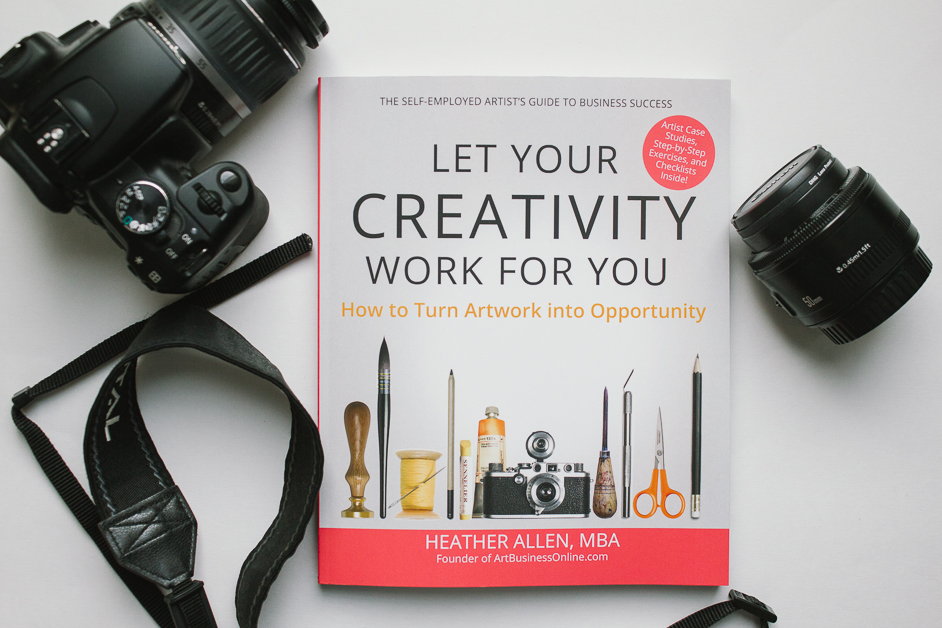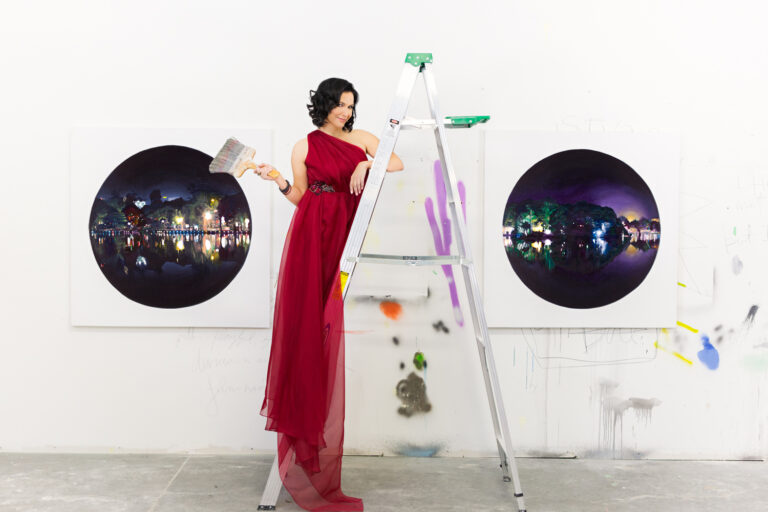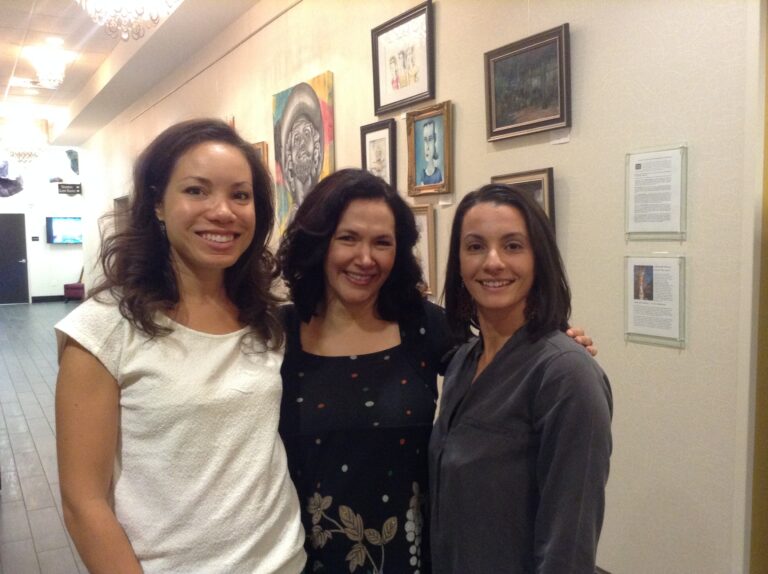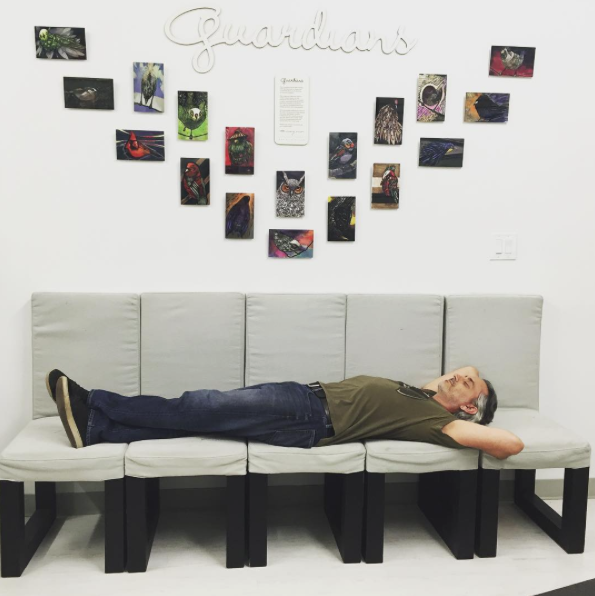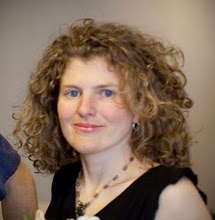
Shannon Johnstone received her BFA from The School of the Art Institute of Chicago, and MFA in photography from RIT. She is the recipient of numerous awards including “Pause, To Begin” artist, Critical Mass Top 50 (2009, 2010), and Honorable Mention in Lens Culture’s 2010 International Exposure Awards.
Shannon Johnstone photographs shelter dogs every week. These are dogs that will be euthanized if they aren’t adopted.
As a result of her project, Landfill Dogs, which I’ve mentioned before here, Shannon has helped hundreds of dogs get adopted.
A little background information: Shannon Johnstone, a photographer and graphic design professor, was presented with her second opportunity to use sabbatical time off for project and portfolio development in 2013. She took it but approached it differently than she had before. This time, to make sure she had the ball rolling before she stopped teaching, Shannon began working on her project nearly eight months prior to taking leave. The prep time paid off in unimaginable ways. She landed features in major publications and even got a spot on World News with Diane Sawyer. Here’s a condensed version of her snowball success in my interview with Shannon Johnstone.
Q: How did you start the project? What did you do differently that contributed to the outcome?
Because it was a sabbatical project, I had to develop a plan before I started the work. I had to explain exactly what I was going to do. When I stopped teaching in July, I already had a pretty big body of work. It was not at all finished or focused, but I had images to start working with.
So, I had an exhibition of the works that I had. Which then generated a newspaper article, which then generated blogging. Social media perked up and things started to happen from there.

Q: At the very early onset on the project you created a spreadsheet to help you stay organized. How did that become a tool for you?
With this project, I photograph shelter dogs every week. I decided that it was going to be important to track how successful I was with finding these dogs homes. I thought it would be important to know: when did the dog come into the shelter? How soon did they get a home after I took the photographs?
I thought there might be other factors at play besides my photographs. Things I thought would be important, like breed or sex of the dog, as it turns out were not important. But they were tracked!
Some of the things that I hadn’t planned for, that I’m really glad I did start tracking in a comments column, were the things that were a little bit odd. What would happen that I hadn’t accounted for was dogs getting adopted and then returned. Or, dogs getting sick. All kinds of things like that. Now I have everything tracked, I see [the spreadsheet] as an interesting history of the project and a snapshot of the dogs themselves.
Q: How has planning and information collecting contributed to your project?
Having all of this information ended up being really helpful—not so much for the fine art end, but for the media end. Any time a newspaper person contacts me or someone says they want to do an article, I can say, “That dog that you’re showing a picture of was adopted on this date. It found a home five days after I took the picture.”
It adds validity and relevance to the work.
I’m so thankful I started that, because if I didn’t have that information it would just be like, ‘Okay, you’ve got these pictures here. And you’ve got these dogs over here…’ And there would be no connection and it would be hard to make that bridge for the viewer.
Q: Your project is an awareness piece. So, how did you build awareness and how did it take off?
Something that I feel really good about is that I’ve photographed 72 dogs and 55 of them have found homes. That’s a pretty good percentile of dogs that have gotten homes.
After I had the exhibition, I wanted to get better at speaking about the work. So I presented it to an audience and a member of the audience asked, “Where can we learn more about this?” And I was like, “You can go to my website and see some pictures.” And they asked, “Well, do you have a Facebook page?”
Behind the scenes note: At this point, Shannon snickers to herself because at the time, she didn’t have a Facebook page. Now she has a significant following.
My experience with animal rescue people is that they are very active in social media. Facebook seemed like the easiest way to share the dogs and promote them. That took off and added momentum to the project.
Q: What kind of momentum?
Social media momentum. The more the work got shared on Facebook, the more blogs picked it up. Other places like MSN Now, Mashable, PetaPixl, My Modern Met, The Examiner, Laughing Squid, and Buzzfeed picked it up. This happened within about a month or two. World News with Diane Sawyer came down [to film] about the same time that the Huffington Post article came out.
Q: What has this flurry of social media attention taught you?
Social media is crazy! And it’s fickle—you’re huge and then you’re old news. So you’ve got to ride the wave while you have it. But, it’s a really great way to create some buzz and to create something substantial too.
Since my interview with Shannon, she has gone on to help more dogs find homes. She continues her mission and uses her camera lens as the vehicle to connect loving animals with loving families. She has also produced a book that will be published sometime in 2015. Included in the price of the book is $10 that will go to purchasing heart worm medication for the dogs through the HEAL A HEART fundraiser.
Photo Credits: Shannon Johnstone / Video: ABC News

